For first-time visitors, choosing which cities in Japan to include can be overwhelming. From Tokyo’s neon-lit skyline to Kyoto’s tranquil temples, each city offers a unique flavor of Japanese culture.
Japan is a captivating travel destination, blending ultramodern life with centuries-old traditions. In 2024 over 36.8 million international visitors came to Japan – a 47% surge from 2023 – and roughly 40 million travelers are expected in 2025.

To help plan your journey, we’ve rounded up the top 10 cities in Japan to visit, highlighting what makes each one special. Whether you crave cutting-edge cityscapes, historic landmarks, or delicious street food, you’ll find it here.
For more Japan travel inspiration, see our Asia travel archive or our Japan Bucket List guide.
1) Tokyo
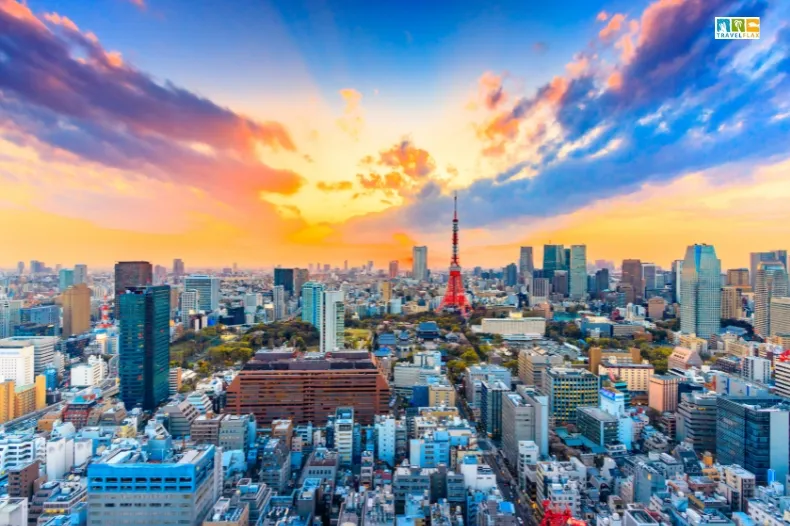
No list of cities in Japan is complete without Tokyo and it is Japan’s dynamic capital and largest city. It seamlessly blends futuristic skyscrapers with ancient shrines.
Vibrant neighborhoods like Shibuya and Shinjuku pulse with energy, while areas such as Asakusa preserve the feel of old Tokyo around Senso-ji Temple. First-time visitors can experience everything from pop culture in Harajuku to traditional tea ceremonies in upscale hotels.
Tokyo’s must-see attractions include the Meiji Shrine, the Senso-ji Temple in Asakusa, and the bustling Shibuya Crossing. Foodies will love Tsukiji Outer Market and Michelin-starred sushi restaurants, and shopaholics can explore the Ginza and Omotesando districts.
The city’s efficient transit (including Tokyo’s subway and monorail) makes it easy to get around. Tokyo is ideal for tech lovers, food enthusiasts, and anyone seeking a taste of both modern and traditional Japan.
2) Kyoto

Kyoto was Japan’s ancient capital for over a millennium and is famous for its well-preserved heritage is one of the most beautiful cities in Japan. This city is the heart of Japan’s traditional culture: elegant geisha districts, tranquil Zen gardens, and thousands of Shinto shrines and Buddhist temples.
Kyoto’s beauty changes with the seasons – cherry blossoms in spring and maple leaves in autumn create postcard-perfect views.
Key attractions include Fushimi Inari Taisha (the shrine with endless red torii gates), Kinkaku-ji (the Golden Pavilion), and the historic Gion district where you might glimpse a geisha.
Wander through the Arashiyama Bamboo Grove or hike the Philosopher’s Path lined with stone lanterns. Kyoto is ideal for history buffs, photographers, and culture seekers. It offers a serene contrast to Tokyo’s bustle – a must-visit for anyone eager to experience the “old Japan.”
3) Osaka
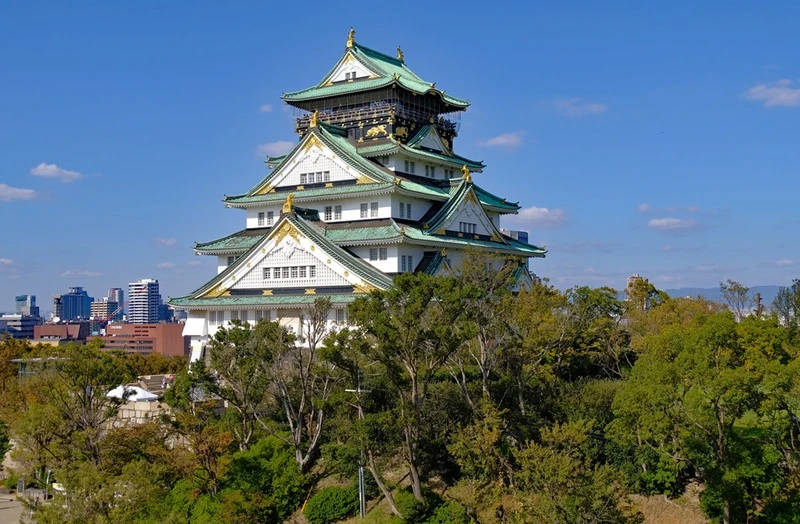
Osaka is Japan’s third-largest city and is often called the “nation’s kitchen.” Known for its warm, friendly vibe and amazing street food, it’s a top food city in Japan.
By day, you can explore Osaka Castle or the lively markets of Kuromon Ichiba. By night, neon-lit Dotonbori comes alive with countless restaurants and flashy billboards. Osaka’s nightlife is legendary, from karaoke bars to late-night sushi.
Don’t miss sampling local specialties like takoyaki (octopus balls) and okonomiyaki (savory pancakes) in the Dotonbori and Namba districts. Universal Studios Japan (with its Wizarding World of Harry Potter) is great for families.
Osaka is also a convenient hub for day trips to nearby Nara or Himeji. This is one of the liveliest cities in Japan for foodies, young travelers, and anyone who loves a fun, all-night urban scene.
4) Hiroshima
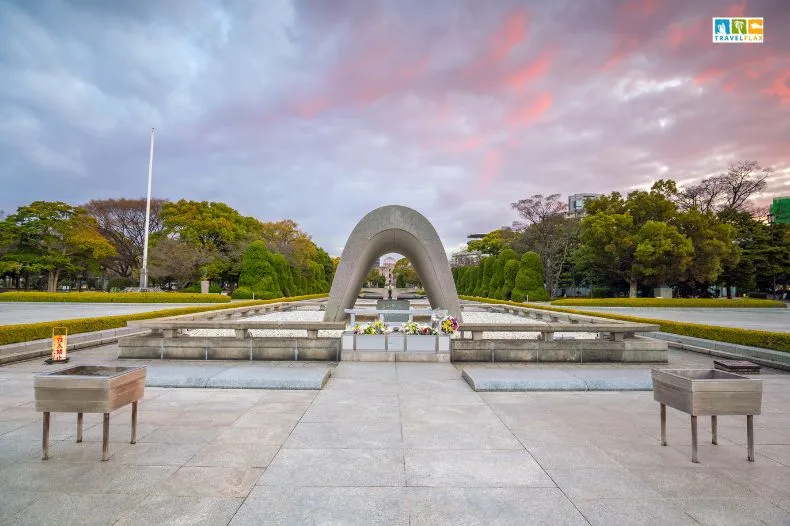
Hiroshima is best known for its tragic World War II history, but it has risen from the ashes to become a symbol of peace. The Hiroshima Peace Memorial Museum and the Atomic Bomb Dome (Genbaku Dome) are powerful reminders of the past, set in a leafy park that is especially beautiful in cherry blossom season.
A short ferry ride away is Miyajima Island, famous for the “floating” torii gate of Itsukushima Shrine. Miyajima’s sacred deer and forested trails add to the serene atmosphere. Among cities in Japan, Hiroshima stands as a symbol of resilience and hope.
Hiroshima’s Okonomiyaki (savory pancake layered with noodles) is also a local culinary treat. This city is ideal for history enthusiasts and those seeking a contemplative travel experience – it proves that even a city destroyed by war can still be vibrant and welcoming.
5) Sapporo
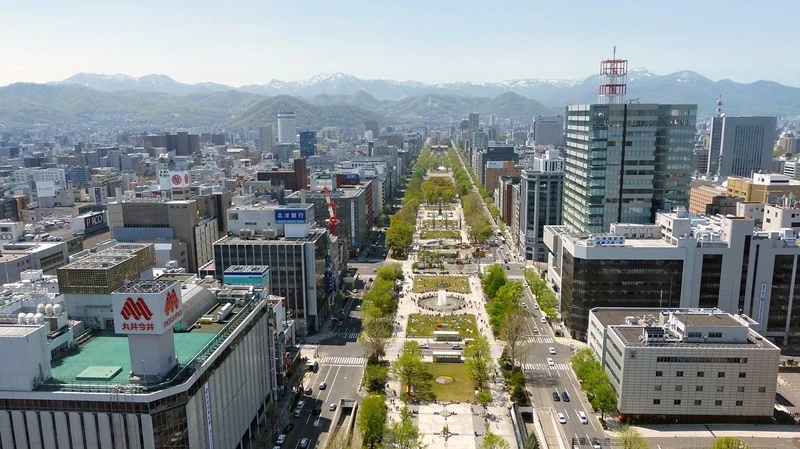
Sapporo is the largest city on Japan’s northern island of Hokkaido. It’s famous for its winter snow festival (with giant ice sculptures), fresh seafood, and ice-cold Sapporo beer.
The city has a relaxed, spacious feel thanks to wide avenues and abundant parks. Odori Park in the city center hosts seasonal events, and Mt. Moiwa offers panoramic views.
In winter, Sapporo’s ski resorts and the nearby powdery slopes of Niseko make it a haven for skiers and snowboarders. Summer brings cooler temperatures and flower festivals (like the lavender fields of Furano).
Be sure to try the hearty Hokkaido cuisine: miso ramen, fresh crab, and jingisukan (grilled mutton). Sapporo is perfect for outdoor lovers, food enthusiasts, and anyone looking to experience a different, more rugged side of Japan.
If you’re visiting Japan in winter, this is one of the most scenic and snowy cities in Japan you shouldn’t miss.
6) Fukuoka
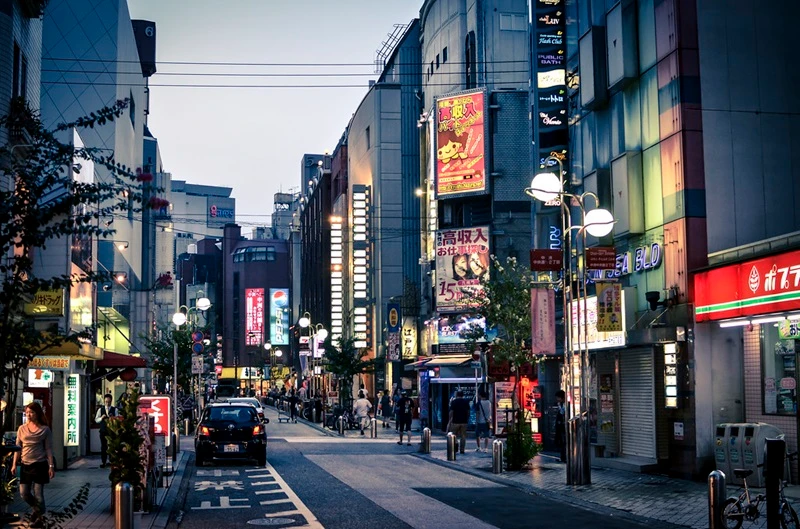
Fukuoka is the largest city on Japan’s Kyushu Island and a gateway to Asia. It’s a modern, youthful city known for its welcoming yatai (street-food stalls) and Hakata ramen (pork-broth noodles). In downtown Tenjin and Hakata districts, you’ll find shopping malls and entertainment, plus historic sites like Kushida Shrine.
Fukuoka’s waterfront includes Ohori Park (a large pond with gardens) and the Fukuoka Castle ruins. The city’s international flavor (and relatively warm climate) sets it apart from northern Japan.
It’s also just a short ferry ride from Osaka or Seoul. Fukuoka is ideal for travelers looking for great food, a laid-back city vibe, and easy access to Kyushu’s hot springs (like Beppu) and natural attractions. For travelers heading to southwestern cities in Japan, Fukuoka is an excellent starting point.
7) Yokohama
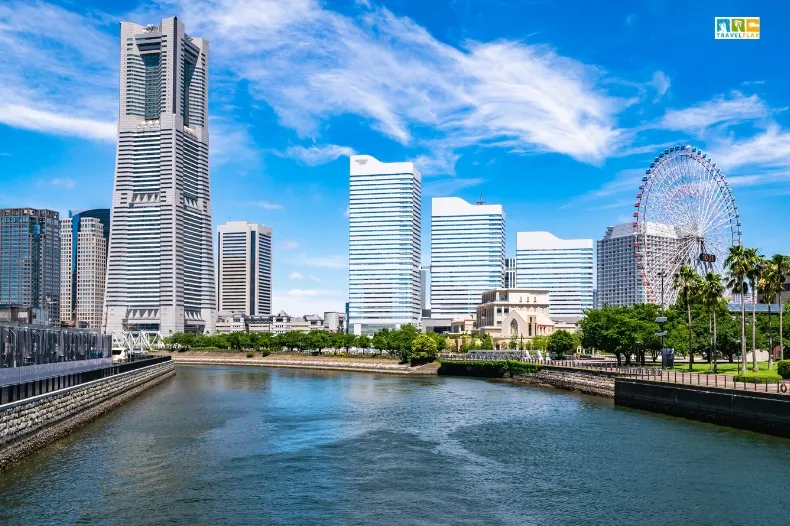
Just 30 minutes south of Tokyo, Yokohama is Japan’s second-largest city. Its beautiful waterfront (Minato Mirai district) and famous Ferris wheel give it a slightly different feel from the capital.
Yokohama’s Chinatown is one of the largest in the world, filled with delicious Chinese and fusion eateries.
Popular attractions include the Cup Noodles Museum (yes, interactive ramen!), Sankeien Garden (a traditional Japanese garden), and the modern Landmark Tower (with an observation deck).
Many visitors day-trip from Tokyo, but the city’s pleasant harbor atmosphere is worth more time. Yokohama is a good choice for couples and families, offering a blend of city attractions and relaxing seaside parks. It’s one of the most underrated cities in Japan, ideal for those who love harbor views and cultural fusion.
8) Nara
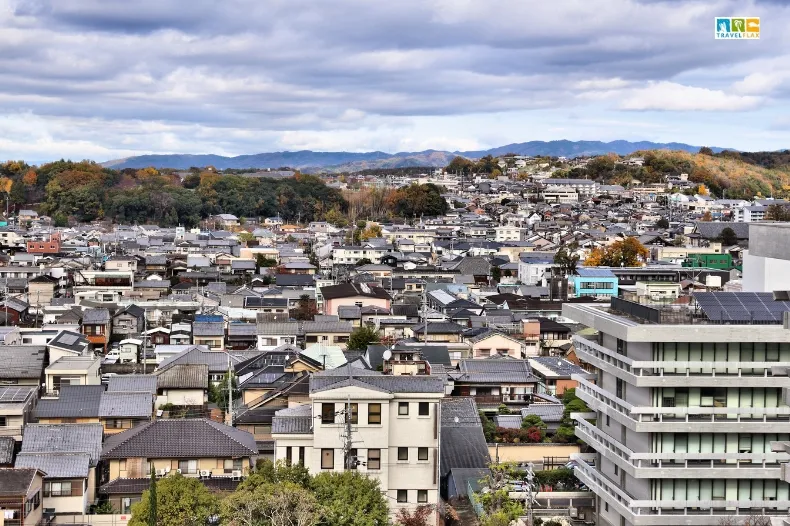
Nara was the first permanent capital of Japan (8th century) and is just a short train ride from Kyoto. It’s famous for its tame sika deer that freely roam Nara Park, bowing for treats.
The city’s most iconic site is Todai-ji Temple, housing a massive bronze Buddha statue under one of the world’s largest wooden roofs.
Wandering among the centuries-old stone lanterns of Kasuga Taisha Shrine and the Todaiji grounds makes Nara feel like stepping into history. Nara is much smaller and quieter than Tokyo or Kyoto, making it ideal for a peaceful day trip or overnight stay.
Culture lovers and nature enthusiasts alike will appreciate its gentle pace and the chance to feed the deer in autumn leaves or spring blossoms. Nara is one of the cities in Japan where spiritual history and natural charm blend seamlessly.
9) Nagoya
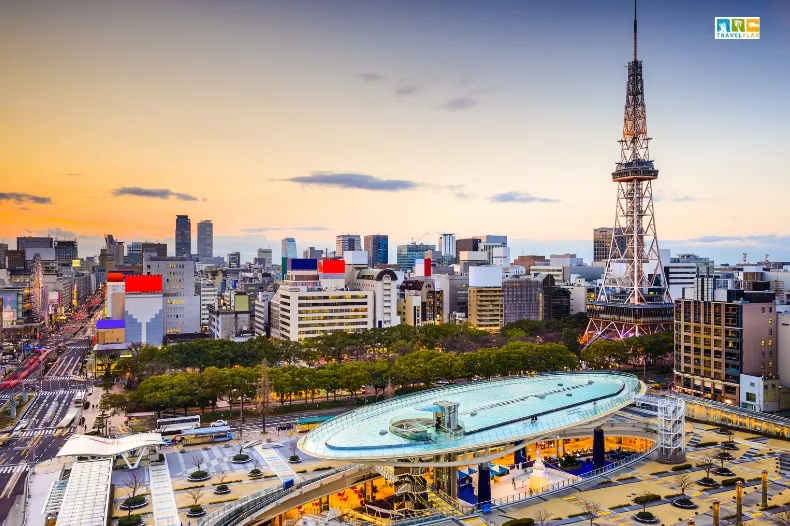
Nagoya is the heart of Japan’s Chubu region, roughly midway between Tokyo and Osaka. It’s an industrial and commercial hub, famous for Toyota and technology industries.
Don’t let the business vibe fool you – Nagoya has its own cultural attractions. Nagoya Castle (with its golden dolphin statues) and Atsuta Shrine (housing a sacred sword) are two highlights.
The city also boasts the SCMAGLEV & Railway Park (for train fans) and Osu Kannon shopping street (for electronics and local eats). Nagoya’s food scene is notable too: try hitsumabushi (grilled eel over rice) or the rich miso katsu (pork cutlet).
A stop here is great for travelers who want an “insider” feel of modern Japan without the overwhelming crowds of Tokyo.
10) Kobe

Kobe is a cosmopolitan port city located in the Kansai region near Osaka. It’s perhaps best known worldwide for Kobe beef, but it also has scenic mountain views (the Rokko Mountains) and a lively harbor area (Kobe Harborland).
The city was one of the first in Japan to open to the West in the 19th century, giving it a slightly international flair.
Wander through the old Kitano district with its Western-style “Ijinkan” houses, or ride the cable car up Mt. Rokko for great city panoramas. In the evening, Kobe’s night view (especially from Mt. Maya or Mt. Rokko) is considered one of the best in Japan.
Food and shopping are excellent around Sannomiya and Motomachi. Kobe appeals to couples and gourmet travelers – it’s sophisticated yet still compact and easy to explore.
Source
Final Thoughts
Whether you’re planning a two-week itinerary or a short trip, these cities in Japan offer something unique for every type of traveler. From bustling megacities to quiet historical towns, Japan’s urban centers are filled with surprises. Be sure to explore beyond the major cities to uncover even more hidden gems.
Each city in Japan has its own charm and rhythm. First-time visitors will find the country incredibly welcoming, easy to navigate, and rich in unforgettable experiences. Take your time, embrace the local customs, and enjoy the journey through these culturally rich and visually stunning cities in Japan.
FAQ
What are the top cities to visit in Japan for first-time travelers?
Aside from Tokyo and Kyoto (Japan’s modern capital and ancient capital), other must-visit cities include Osaka (famous for food and nightlife), Hiroshima (historic sites and Miyajima Island), Sapporo (Hokkaido’s winter sports and beer), and cultural gems like Nara and Fukuoka.
These are frequently cited on Japan travel itineraries. In general, Japan’s best cities to visit depend on your interests – we’ve covered ten diverse ones above.
Should I visit Tokyo or Kyoto first?
Both are worthy, and the choice depends on your interests. Tokyo is the bustling economic and cultural center (best for neon lights, pop culture, and shopping), while Kyoto offers peace, history, and tradition (temples, shrines, gardens).
Many travelers spend a few days in each. They are only about 2.5 hours apart by Shinkansen bullet train.
How do I travel between Japanese cities?
Japan’s cities are exceptionally well connected by rail. The high-speed Shinkansen (bullet train) network links Tokyo, Kyoto, Osaka, Hiroshima and more in just a couple of hours.
Regional JR trains and subways are also fast and reliable. Most tourists use a JR Rail Pass, which offers unlimited travel on JR trains (including most Shinkansen) for a fixed period. Buses and domestic flights are alternatives, but the train is usually fastest and most convenient.
Is Japan safe for travelers?
Yes. Japan is widely regarded as extremely safe, with very low crime rates. (The U.S. Department of State rates Japan as a Level 1 – “Exercise Normal Precautions” – travel destination.
Tourist areas in Tokyo, Kyoto, and other cities are well-patrolled, and locals are generally helpful. As always, practice common-sense precautions (watch your belongings, obey local laws). But in general, travelers – including solo and female travelers – find Japan to be one of the safest countries in the world.
Which Japanese city has the best street food?
Osaka often ranks at the top for street food. Its vibrant Dotonbori area is famous for takoyaki, okonomiyaki, and other quick bites.
Tokyo also has excellent street food (try the stalls of Asakusa). Regional specialties make each city unique: e.g., Sapporo ramen in Sapporo, yakitori in Tokyo’s izakayas, or Kobe beef in Kobe. Exploring local markets and night stalls in any city is highly recommended.
